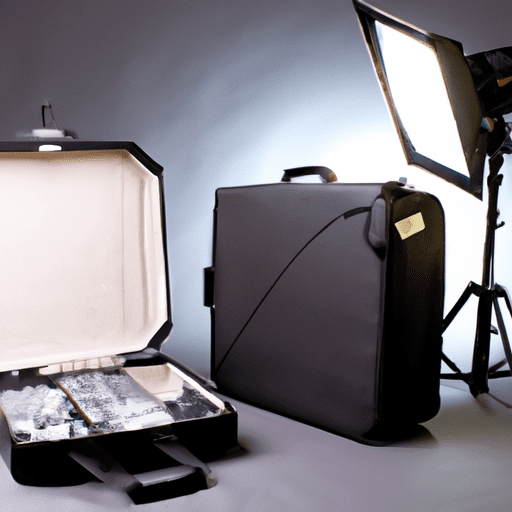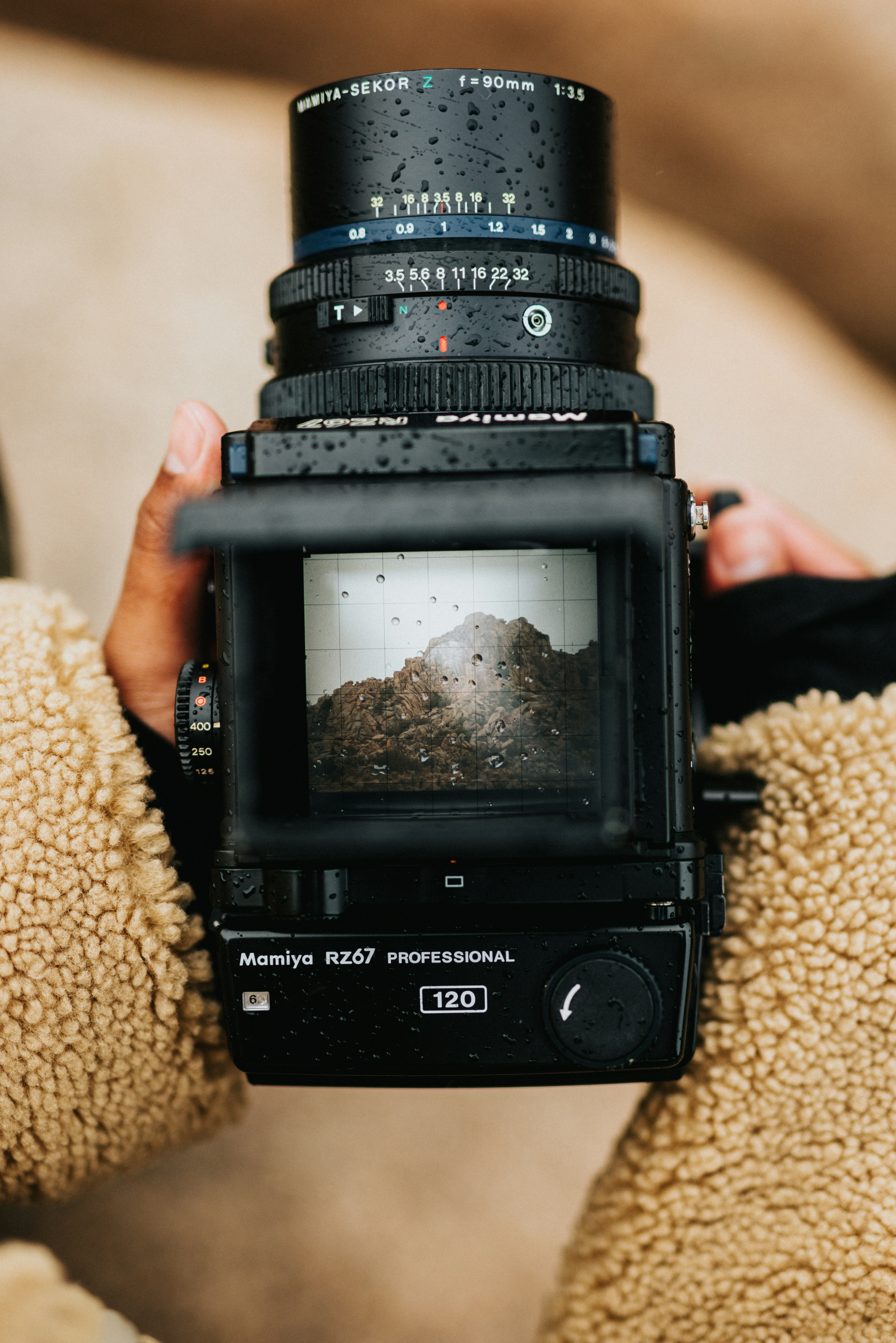Get ready to elevate your professional image with the revolutionary power of portable studio equipment for headshots. In this article, we will explore the incredible advantages of using this cutting-edge technology to capture the essence of your unique personality and showcase your true professional potential. Say goodbye to bland and generic headshots and embrace a new era of personalized and captivating portraits. Whether you’re an aspiring entrepreneur, a job seeker, or a seasoned professional, this article will guide you through the process of creating striking headshots that will make a lasting impression. Get ready to let your true self shine with professional headshots using portable studio equipment.
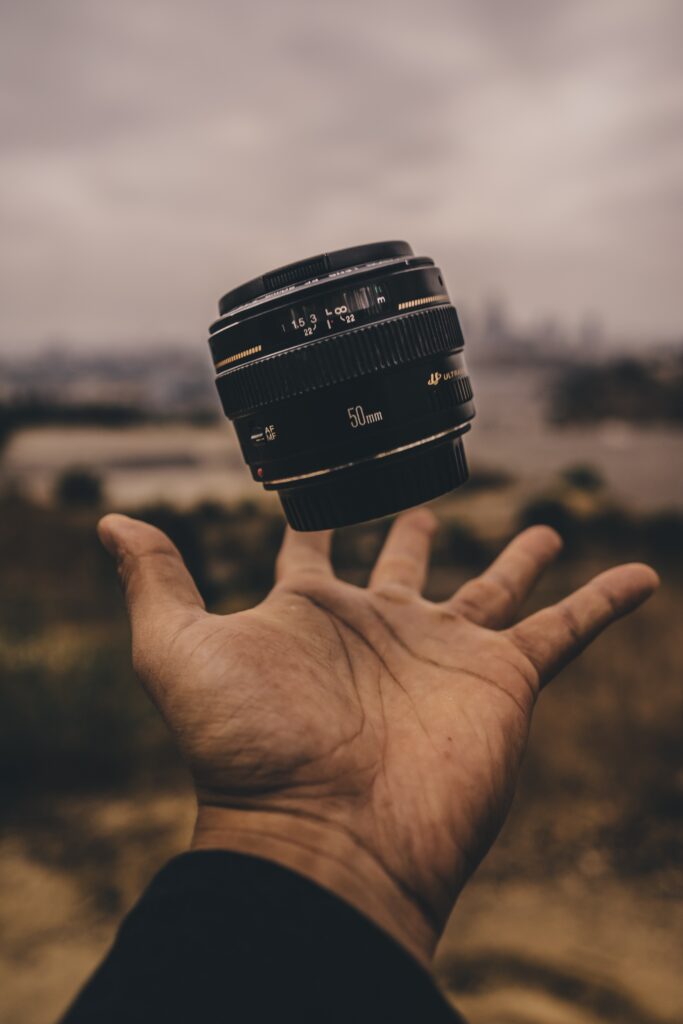
Importance of Professional Headshots
Creating a first impression
Having a professional headshot is crucial as it often serves as the first introduction someone has to you. Whether it’s for a job application, networking event, or social media profile, your headshot provides an initial impression of your professionalism and personality. A well-crafted headshot can grab attention and make a positive impact on those who view it.
Building credibility and trust
A professional headshot can build credibility and trust in various professional settings. When someone sees your headshot, they can gauge your level of professionalism and expertise. It shows that you take your work seriously and are invested in presenting yourself in the best possible way. A high-quality headshot can also help establish a sense of trust, making you more approachable and reliable to potential clients or employers.
Enhancing personal branding
Your headshot plays a significant role in personal branding. It can convey your unique style and personality, helping you to stand out in a competitive market. By choosing the right attire, posing techniques, and expressions, you can create a headshot that aligns with your personal brand. Consistency in your headshots across different platforms also helps to reinforce your brand image and recognition.
Benefits of Portable Studio Equipment
Convenience and flexibility
Using portable studio equipment for headshot photography offers unmatched convenience and flexibility. With the ability to set up anywhere, you are not limited by a specific location, making it ideal for on-location shoots or capturing the perfect natural lighting. It eliminates the need for individuals to travel to a studio, providing them with a more comfortable and relaxed experience.
Cost-effectiveness
Investing in portable studio equipment can be a cost-effective choice in the long run, especially for photographers who frequently shoot headshots. Instead of renting studio space for every session, you can create a professional studio environment wherever you go. Additionally, portable equipment requires less maintenance and overhead costs compared to a traditional studio setup.
Control over the shoot environment
Portable studio equipment allows for complete control over the shoot environment. You can adjust lighting, backdrops, and other elements to achieve the desired atmosphere and mood. This level of control ensures that every headshot session can be tailored to meet the unique needs and preferences of the subject, resulting in higher-quality and more personalized photographs.
Choosing the Right Portable Studio Equipment
Camera and lenses
Selecting the right camera and lenses is crucial for capturing high-quality headshots. A camera with a high-resolution sensor and excellent low-light performance is essential to produce sharp and detailed images. When it comes to lenses, a portrait lens with a wide aperture (such as an 85mm or 50mm lens) is often favored for headshot photography, as it can create a pleasing depth of field and bokeh effect.
Lighting setup
Choosing the appropriate lighting setup is key to achieving professional-looking headshots. Portable studio lighting kits typically consist of strobe or continuous lights, light modifiers (such as softboxes and umbrellas), and light stands. Understanding how to effectively use key lights, fill lights, hair lights, and background lights can greatly enhance the overall look of the headshot.
Backdrop options
Consider the backdrop options available for portable studios. While a traditional solid color backdrop is a popular choice, other options like textured backdrops or environmental settings can add depth and interest to the photograph. Select a backdrop that complements the subject’s style and personality, while ensuring it doesn’t distract from the main focus of the headshot.
Preparing for a Professional Headshot
Selecting appropriate attire
Choosing the right attire is vital for a professional headshot. Opt for clothing that reflects your personal style while also aligning with your professional image. Solid colors or subtle patterns are often preferred, as they are less distracting. Avoid clothing with bold logos, busy patterns, or excessive accessories that may draw attention away from your face.
Grooming and makeup
Taking time to groom and apply suitable makeup is essential for achieving a polished look in your headshot. Ensure that your hair is neatly styled and your nails are clean and well-maintained. Apply makeup that enhances your natural features without appearing too heavy. For men, a well-groomed beard or clean-shaven look can add to the overall professional appearance.
Posing techniques
Practicing posing techniques before your headshot session can help you feel more confident and comfortable in front of the camera. Experiment with different angles and facial expressions to find the most flattering ones for you. Proper posture and body language can also convey a sense of confidence and professionalism in your headshot.
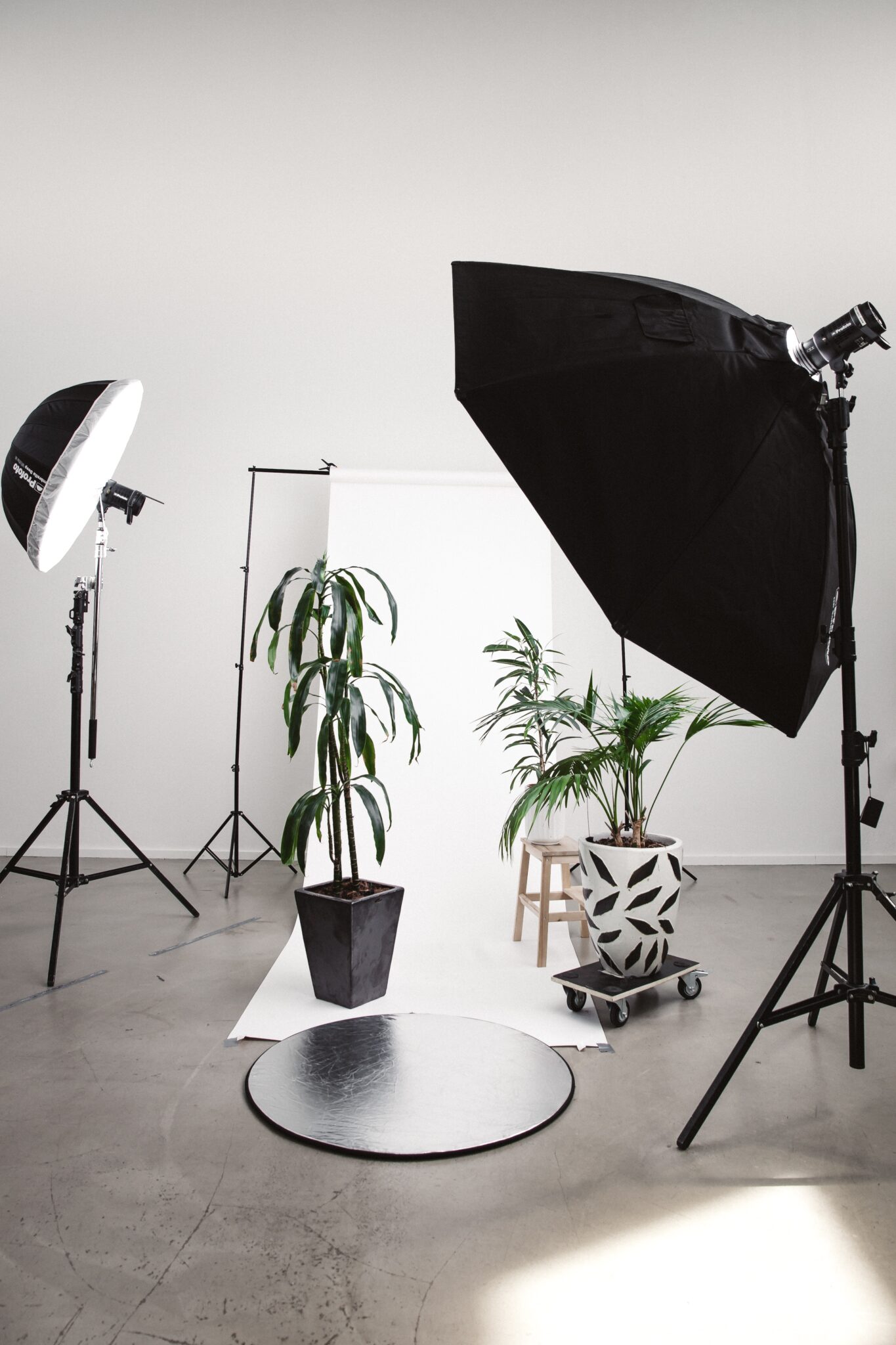
Setting Up the Portable Studio
Finding the ideal location
When setting up a portable studio, consider the location that will best suit your headshot needs. Look for an area with adequate space, good lighting conditions, and minimal distractions. If shooting outdoors, be aware of the availability of natural light and how it may affect the final results.
Creating a professional backdrop
Take the time to set up a professional backdrop that complements your subject and desired look. Ensure that the backdrop is properly secured and free from wrinkles or creases that could be distracting in the final photographs. Experiment with different backdrop colors or textures to find the one that best suits the subject’s style and the overall mood you are trying to create.
Setting up the lighting
Carefully position your lighting equipment to achieve the desired lighting setup. Place the key light at a flattering angle to highlight the subject’s face and features. Use fill lights to soften shadows and provide even lighting across the face. Hair lights and background lights can add depth and separation from the background, enhancing the overall look of the headshot.
Camera Settings and Equipment Setup
Adjusting camera settings
Set your camera to manual mode to have complete control over the exposure settings. Adjust the aperture to achieve the desired depth of field, considering whether you want a sharp or slightly blurred background. Set the ISO to the lowest possible value to minimize digital noise, and adjust the shutter speed to control the overall exposure.
Positioning and adjusting lighting equipment
Position the lights according to your desired lighting setup. Ensure that the key light is at the correct angle and distance from the subject’s face. Modify the light using softboxes or umbrellas to achieve the desired softness or diffusion. Take test shots to fine-tune the positioning and adjust the intensity of the lights to create the desired lighting balance.
Testing shots for proper exposure
Take test shots and review the histogram on your camera to ensure proper exposure. Check for any areas of overexposure or underexposure and make necessary adjustments to the camera settings or lighting setup. Aim for a well-exposed image with sufficient details in both the highlights and shadows.
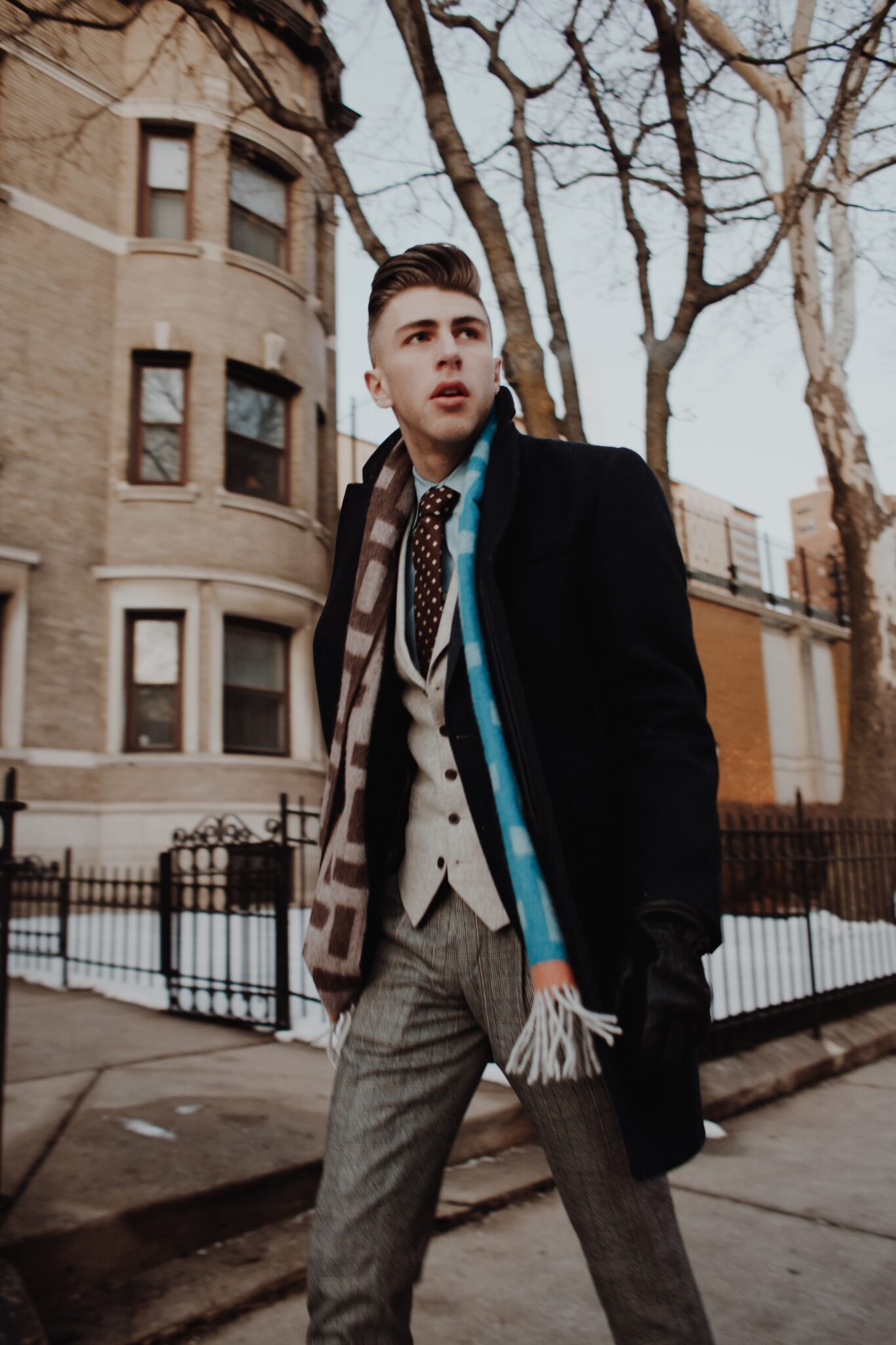
Directing and Assisting the Subject
Guiding the subject’s poses and expressions
As the photographer, it is important to guide the subject throughout the headshot session. Suggest different poses and expressions that best showcase their personality and professional image. Provide clear instructions on body positioning, facial expressions, and eye contact with the camera to achieve the desired outcome.
Providing helpful instructions
Offer guidance and direction to help the subject feel comfortable and natural in front of the camera. Provide feedback and positive reinforcement to build confidence throughout the session. Communicate clearly and give specific instructions on small adjustments that can make a significant difference in the final headshot.
Creating a comfortable and relaxed atmosphere
Create a comfortable and relaxed atmosphere during the headshot session. Establish a friendly rapport with the subject to help them feel at ease. Play soothing music or engage in casual conversation to help them relax. By creating a welcoming environment, you can capture authentic and natural expressions that truly reflect the subject’s personality.
Shooting Techniques for Professional Headshots
Utilizing the key light for flattering results
The key light is the primary light source that illuminates the subject’s face. Position it at a slightly higher angle for a more flattering look, casting soft shadows and emphasizing the subject’s features. Experiment with different angles and intensities of the key light to achieve the desired look and highlight the subject’s best features.
Creating a soft and natural look with fill lights
Fill lights are used to reduce shadows on the subject’s face, creating a soft and natural look. Place fill lights on either side of the camera to provide even lighting across the face. Adjust the intensity of the fill lights to achieve the desired balance between highlights and shadows, ensuring that the subject’s face is well-lit without appearing flat.
Understanding the role of hair and background lights
Hair lights and background lights help add depth and separation to the photograph. Position hair lights to create a nice rim or halo effect around the subject’s hair or shoulders, highlighting their individuality. Background lights can be used to illuminate the backdrop, creating a subtle separation between the subject and the background, enhancing the overall composition.
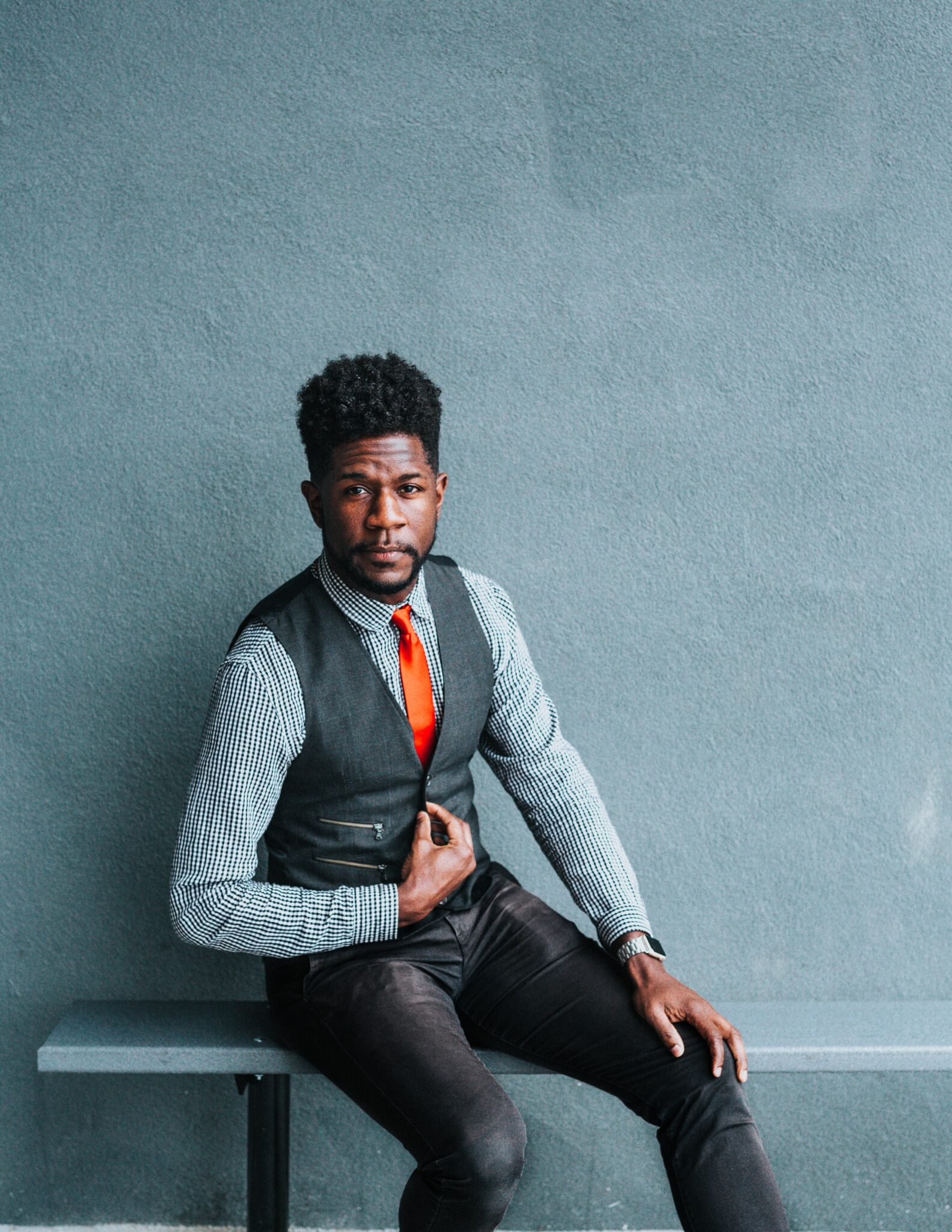
Post-Processing and Editing
Organizing and selecting the best shots
After the headshot session, organize and review the images to select the best shots for editing. Consider factors such as sharpness, composition, facial expressions, and overall impression. Narrow down the selection to a few high-quality images that represent the subject’s professional image and personal brand effectively.
Retouching and enhancing features
Retouching is a common practice in headshot photography to enhance the overall appearance of the subject. Pay attention to skin retouching, minimizing blemishes and evening out skin tone while maintaining a natural look. Adjust the sharpness, contrast, and color balance as needed to create a polished and professional final image.
Adjusting color balance and exposure
Make necessary adjustments to the color balance and exposure during the editing process. Ensure that the skin tones appear natural and accurate. Adjust the exposure to maintain the appropriate level of brightness and contrast while preserving details in both the highlights and shadows. Consistency in color and exposure across the final images is important for maintaining a cohesive look.
Delivering the Final Headshots
Choosing the appropriate file formats and sizes
When delivering the final headshots, consider the appropriate file formats and sizes. High-resolution JPEG or TIFF files are commonly used for digital delivery, ensuring that the images retain their quality when viewed on different devices. It’s also important to provide variations in file sizes, optimized for different purposes such as online profiles or printing.
Providing digital or print options
Offer both digital and print options for the final headshots. Digital files allow for easy sharing on social media, websites, or online portfolios. Additionally, providing limited print options, such as high-quality prints or business card-sized prints, can be a valuable add-on for clients who prefer physical copies of their headshots.
Meeting client expectations
Finally, ensure that the delivered headshots meet or exceed the client’s expectations. Review any specific requirements or preferences discussed during the initial consultation and make necessary adjustments during the editing process. Communicate with the client to address any concerns or provide additional options if needed, ensuring their satisfaction with the final product.
By understanding the importance of professional headshots and utilizing portable studio equipment effectively, photographers can create compelling and impactful images that help individuals build credibility, enhance their personal branding, and make a lasting impression in the professional world.



